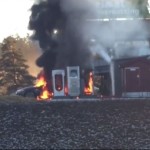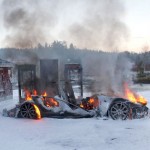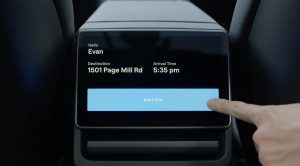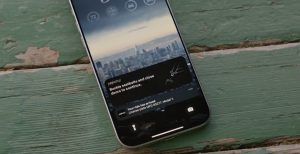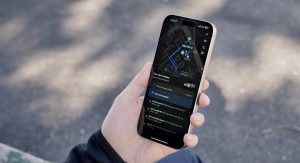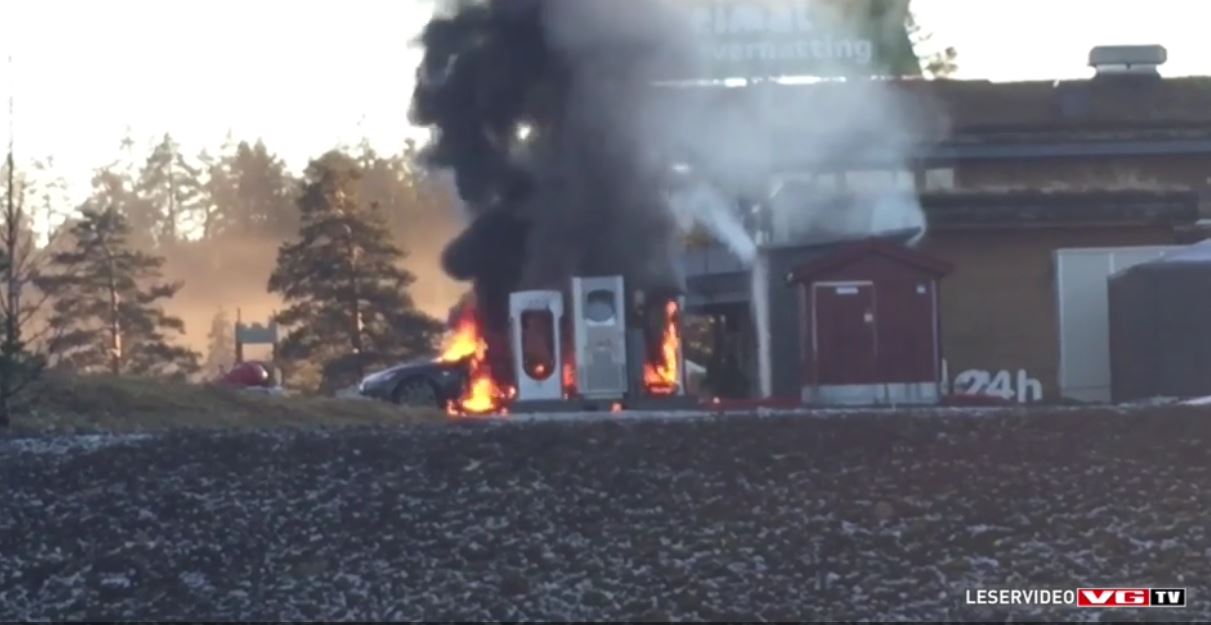

News
Tesla Identifies Cause for Model S Fire in Norway
After an exhaustive investigation, Tesla Motors has determined that the fire in a Model S in Norway last January was caused by a short circuit inside the electrical distribution box. A software upgrade is planned shortly.
After an exhaustive inquiry, Tesla Motors has determined the cause for the fire that engulfed a Tesla Model S while it was charging at a Supercharger station in Norway. The culprit – a short circuit in the electrical distribution box inside the vehicle according to Norwegian news site VG.
Tesla Communication Manager in Norway, Even Sandvold Roland, tells VG via e-mail, “In January, it was an isolated incident where a Model S caught fire while it used a Supercharger. The cause was a short circuit in the distribution box in the car. Superchargers were turned off immediately when the short circuit was discovered. No one was injured in the fire. Our investigation confirmed that this was an isolated incident, but due to the damage to the car, we could not definitely identify the exact cause of the short circuit.”.
Jan 1, 2016 – Tesla Model S burns to the ground while fast-charging at the Sundebru Supercharger in Gjerstad, Norway. [Source: VG]
Tesla pointed out that its vehicles have used Tesla Supercharger stations safely more than 2.5 million times. In addition, more than 35 million charging sessions have been completed safely and successfully using either home or destination chargers. Nevertheless, the company says it will update the software package in the Model S to provide extra security during charging. It tells VG the update will include a diagnostic solution to prevent charging if a potential short circuit is detected.
The cause of the fire could not be pinpointed further due to the extensive damage to the car. Norwegian firefighters, concerned for their own safety during their first encounter with a burning electric car, allowed the fire to burn itself out while protecting surrounding buildings with fire retardant foam.
The Norwegian Directorate for Civil Protection and Emergency Planning (DSB) was involved in the investigation of the fire. It had several meetings with Tesla representatives and is convinced this was an isolated incident. There is no reason to over-dramatize the event, they concluded.
DSB chief engineer Jostein Ween Dig told VG, “We are confident that this is a special event. A car fire is often spectacular, but there is no reason to believe that electric cars burn more often than other cars. Statistics actually indicate that incidence of fires is lower for electric cars, he said.
Actually, the fire was a “kinder” event than a fossil fuel fire, Dig said. “The owner had time to run back, unplug the charger connector and remove his possessions from the car. It took several minutes before the car was ablaze. Normally an electric vehicle fire is not as explosive as it can be in a petrol car. The flames you see in the picture and video were mostly from plastic in the interior that caught fire.” He emphasized that the battery did not explode.
Norwegian officials seem satisfied that Tesla automobiles and Supercharger stations pose no unusual risks of fire. The Supercharger location is now back in full operation and doing business as usual.
Special thanks to Leif Hansen in Norway for alerting us to the VB news story.
Photo Credit: VB News
Elon Musk
Tesla says it has launched ride-hailing Robotaxi teaser to employees only
Tesla is using Full Self-Driving (Supervised) to court employees around in two areas.
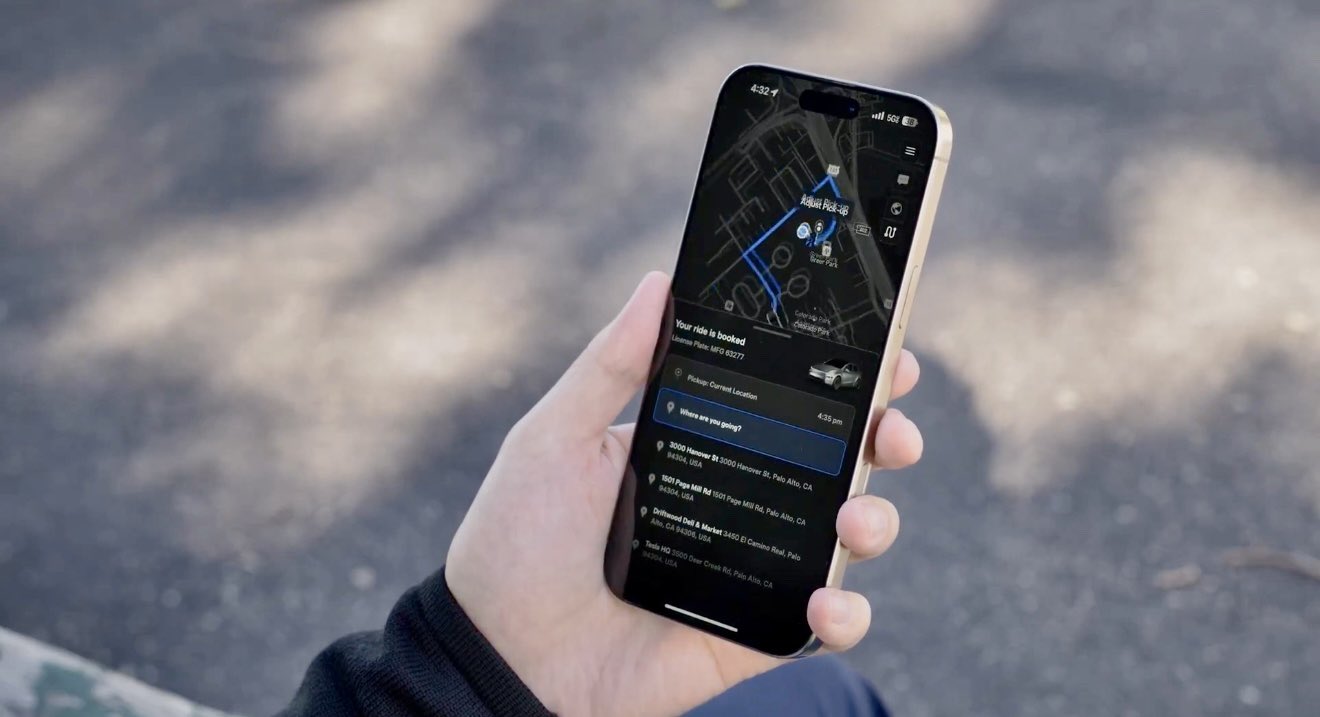
Tesla announced earlier today that it has already launched an abbreviated version of what will eventually be launched as its Robotaxi fleet in both Austin and the San Francisco Bay Area. It is available to employees, Tesla said.
The automaker did not specify exactly how long it has been operating the fleet, which uses the company’s Full Self-Driving (Supervised) suite, but it did indicate that it has completed over 1,500 trips, totaling 15,000 miles of driving.
FSD Supervised ride-hailing service is live for an early set of employees in Austin & San Francisco Bay Area.
We’ve completed over 1.5k trips & 15k miles of driving.
This service helps us develop & validate FSD networks, the mobile app, vehicle allocation, mission control &… pic.twitter.com/pYVfhi935W
— Tesla AI (@Tesla_AI) April 23, 2025
As seen in the video shared by the company, there is a human driver still responsible for keeping tabs on the car and its movements. It is not the version that Tesla plans to eventually roll out in June, which would be completely unsupervised.
Tesla said that using this service has helped develop and validate Full Self-Driving networks. It will also be used to create a mobile app that will facilitate ride requests, vehicle allocation, mission control, and remote assistance operations.
- Credit: Tesla
The app appears to be somewhat similar to the images Tesla shared of a mock-up version of the platform last year.
Right around this time in 2024, Tesla shared images of what would be the ride-hailing app for the company, enabling passengers to request a ride from a driverless robotaxi:
Tesla gives first look at Robotaxi-powered ride-hailing service app
We also know, according to Tesla App Updates on X, that Tesla will simply integrate this ride-hailing portion of the platform directly into the app the company already operates. There will be no dedicated app for requesting a ride:
🚨 Tesla will integrate Robotaxi ride-sharing directly into the app, there will be no specific and separate app for ride-hailing. https://t.co/bhq3aZcUcc pic.twitter.com/Rb8fFJdh2b
— TESLARATI (@Teslarati) April 23, 2025
The company said in 2024 when teasing the app:
“We have been investing in the hardware and software ecosystems necessary to achieve vehicle autonomy and a ride-hailing service. We believe a scalable and profitable autonomy business can be realized through a vision-only architecture with end-to-end neural networks, trained on billions of miles of real-world data.”
Tesla said it still remains on track to launch a pilot version of the Robotaxi program in Austin in June, something the company has reiterated several times since the start of the new year.
Elon Musk
Tesla analyst sees brighter future after Elon Musk reduces DOGE work
Wedbush hikes TSLA’s price target after Musk says he’s cutting back on DOGE. Analyst Dan Ives calls it a “turning point” for Tesla’s story.
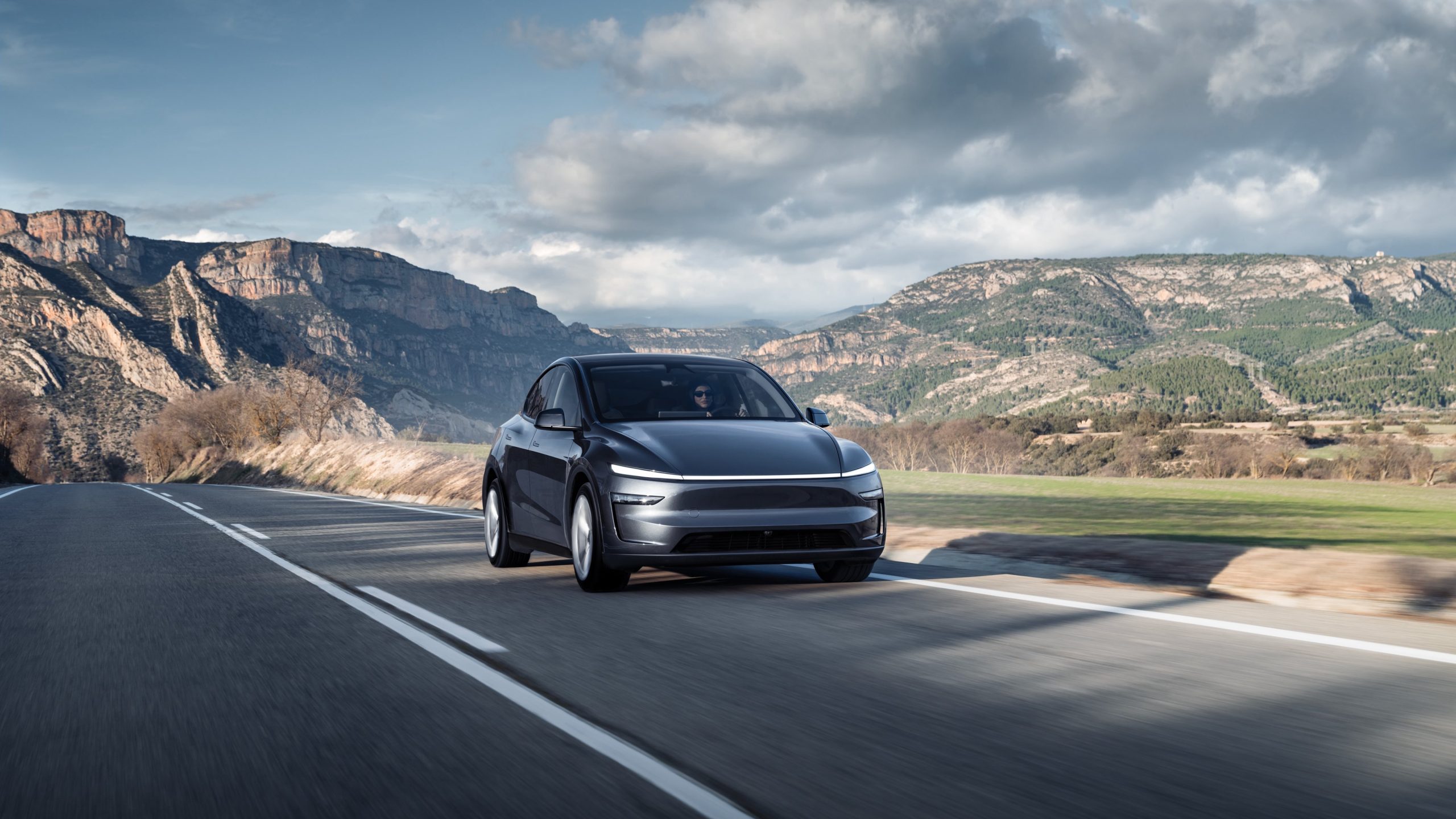
Wedbush Securities analyst Daniel Ives sees a brighter future for the automaker now that Elon Musk plans to reduce his time with the DOGE team. After the company’s latest earnings call, the long-time TSLA bull raised Tesla’s price target from $315 to $350 with a BUY rating.
“Last night was a pivotal conference call for Musk to turn the corner from this dark chapter as 1Q numbers [ending] a disaster quarter in which deliveries were very soft and Tesla missed the Street on basically every metric.
“More important than numbers, this was the time [Elon] Musk could pivot, speak to shareholders/employees, and take a turn away from the DOGE/Trump White House and recommit as CEO of Tesla…and he did it loudly and clearly in a conference call that we view as a turning point in the Tesla story,” Ives said after Tesla’s earnings call.
Before Tesla’s Q1 2025 earnings call, the Wedbush analyst said the company was at a crossroads. He listed six factors that might be affecting Tesla, which he believed the company should address. Number one on Ives’ list was Tesla’s ascension to a global political symbol associated with the Trump Administration and DOGE.
It must be noted that these are Ives’ opinions and do not apply to the entire public. Some groups separate Elon Musk and Tesla from President Trump and his administration.
During the recent TSLA earnings call, Elon Musk made the separation more apparent partly by announcing that he would significantly reduce his time with DOGE.
“And I think starting probably next month, May, my time allocation to Doge will drop significantly…But starting next month, I’ll be allocating far more of my time to Tesla and now that the major work of establishing the Department of Government Efficiency is done,” Musk said.
Musk also shared his stance on Trump’s auto tariffs, differentiating himself further from the U.S. President and the current administration.
“And I undoubtedly, I’m gonna get a lot of questions about tariffs. And I just wanna emphasize that the tariff decision is entirely up to the President of the United States. I will weigh in with my advice with the President, which he will listen to my advice. But then it’s up to him, of course, to make his decision.
“I’ve been on the record many times saying that I believe lower tariffs are generally a good idea for prosperity, but this decision is fundamentally up to the elected representative of the people being the President of the United States. So, you know, I’ll continue to advocate for lower tariffs rather than higher tariffs, but that’s all I can do,” Musk said.
News
Tesla units delivered in America have 100% ‘MADE IN THE USA’ battery packs
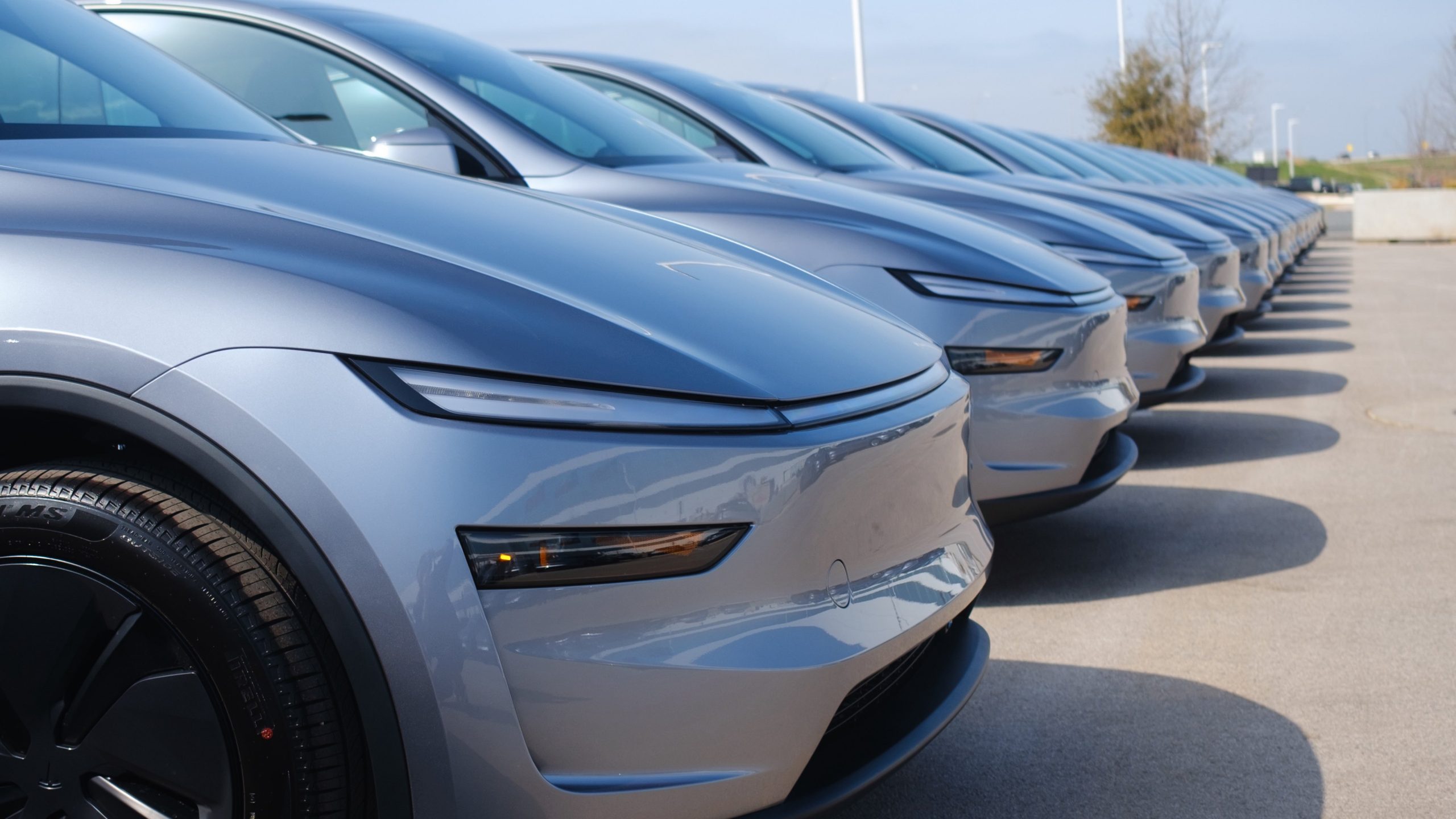
In its Q1 2025 Update letter, Tesla shared that all Model Y and Model 3 units delivered in America use 100% U.S.-built battery packs. The announcement reveals Tesla’s forward-thinking strategies and showcases how prepared it is to take on President Trump’s auto tariffs.
“Gigafactory Nevada achieved record battery pack production. Model 3 and Model Y deliveries in the U.S. are now made with 100% U.S.-built battery packs,” noted Tesla in its recent update letter.
During the TSLA Q1 2025 earnings call, Tesla’s Supply Chain Executive, Karn Budhiraj, noted that the company is regionalizing its batteries to mitigate supply chain risks.
“Building on our efforts to reduce supply risk, we have developed our 4680 supply to ensure each component is sourced from at least two countries of origin.” added Tesla in its letter.
Karn clarified that Tesla adopted its regionalization strategy before the pandemic and accelerated efforts after the pandemic. Tesla’s strategy to mitigate supply chain risks includes supply diversification, dual sourcing, vertical integration, advanced analytics, and local partnerships.
Elon Musk commented that Tesla might be the most vertically integrated car company since Henry Ford’s time. He pointed out that Tesla already has a lithium refinery in South Texas and a cathode refinery in Austin. He added that Tesla could have an anode refinery or figure out how to eliminate that part of the cell.
“That’s the dream, [for] lithium batteries to not have an anode. But either way, we better have the anode, the cathode, the lithium, and the electrolytes, and the separator to make a cell. But, there’s no other car company that is building lithium refineries and cathode refineries. Were ridiculously vertically integrated. And that’s our best position to protect against supply chain disruptions,” Musk said.
In its update letter, Tesla noted that its lithium refining and cathode production plants are on track to start production this year. The two Tesla refineries will on-shore production of critical battery materials in the United States, an essential task considering Trump’s auto tariffs.
-
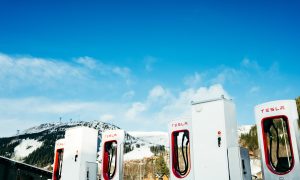
 News2 weeks ago
News2 weeks agoTesla Supercharger in Washington bombed, police and FBI step in
-
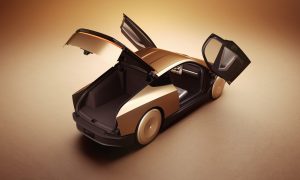
 Elon Musk5 days ago
Elon Musk5 days agoTesla doubles down on Robotaxi launch date, putting a big bet on its timeline
-
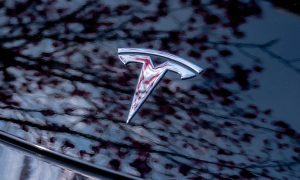
 News1 week ago
News1 week agoTesla’s top investor questions ahead of the Q1 2025 earnings call
-
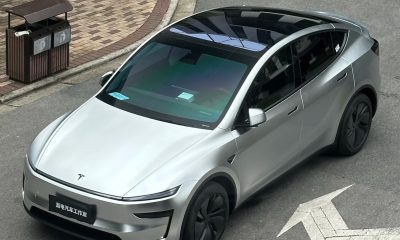
 Investor's Corner2 weeks ago
Investor's Corner2 weeks agoTesla bull sees company’s future clearly: Cathie Wood
-
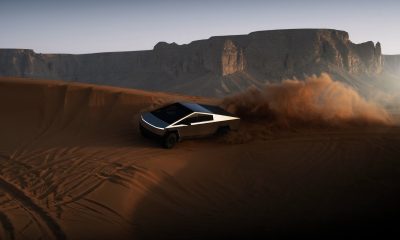
 Cybertruck2 weeks ago
Cybertruck2 weeks agoTesla confirms Cybertruck will make its way out of North America this year
-

 News2 weeks ago
News2 weeks agoTesla ramps Optimus hiring efforts with 80 job openings
-

 News2 weeks ago
News2 weeks agoTesla might benefit from Trump’s plans for Saudi Arabia
-

 Elon Musk2 weeks ago
Elon Musk2 weeks agoTesla stock woes are ‘overblown’ considering long-term catalysts: analyst

